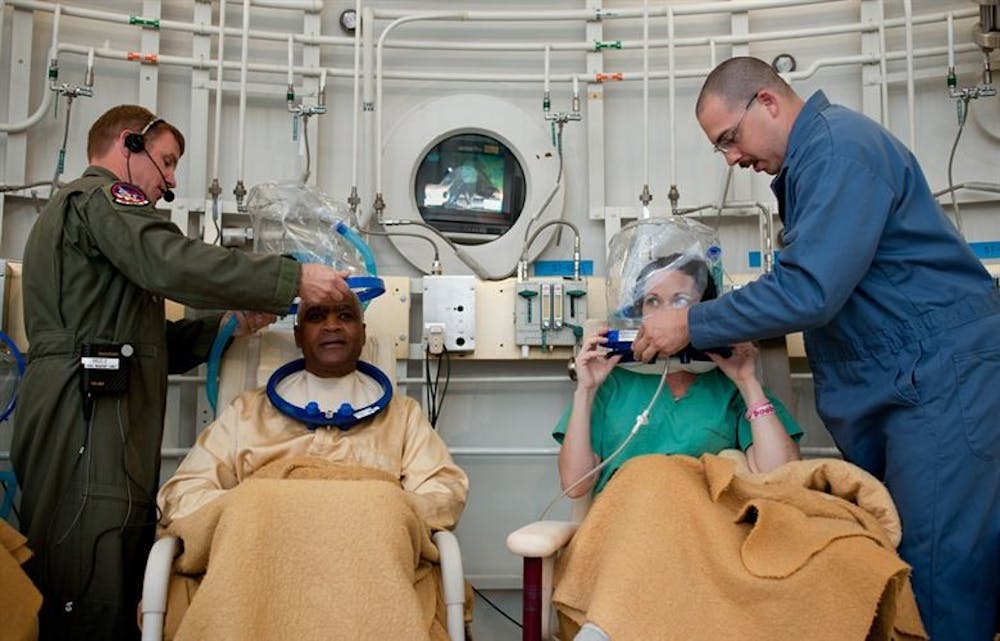Traumatic-brain injuries (TBI) is a leading cause of death and disability in the United States. According to the Center for Disease Control and Prevention, there were about 2.8 million TBI related visits, hospitalizations and deaths, contributing to nearly 50,000 deaths.
TBI can also contribute to impairments in memory and vision and can even affect one’s emotional health. The issues around TBIs not only can affect the individual but also have damaging effects on the family.
Some current treatments for TBI include rehabilitation and surgery. However, most nonpharmacologic and pharmacologic treatments have not produced any effective results. Shai Efrati, a researcher and professor at Tel Aviv University in Israel and a leading hyperbaric scientist, demonstrated in his recent study that hyperbaric therapy can induce neuroplasticity in victims of TBIs.
Hyperbaric medicine, a relatively old treatment, is done through the use of high concentrated oxygen at pressures three times greater than the atmosphere to treat diseases. It is commonly used to treat carbon monoxide poisoning, snake bites and central nervous system injuries.
A British physician named Henshaw was the first to utilize hyperbaric therapy in 1662. Hyperbaric therapy began in the United States when the first hyperbaric room was built in New York in 1891 by Dr. J. Leonard Corning. In 1928, Dr. Orval Cunningham of Kansas University Medical School built the largest hyperbaric chamber in the world in Cleveland, Ohio.
While oxygen seems like a harmless gas, the potential risks of hyperbaric therapy is oftentimes underemphasized. It is only safe when the pressure does not exceed 300Pka or the length of the treatment does not go over 120 minutes.
In people with TBIs, a variety of symptoms consisting of headaches, dizziness and changes in sleep pattern can develop into post-concussion syndrome. For most patients the symptoms fade away between seven to 10 days, but sometimes they can last for weeks, months and even become permanent.
Efrati and colleagues treated 15 patients suffering from prolonged post-concussion syndrome with 60 daily hyperbaric sessions. Each session lasted 90 minutes.
“These patients don’t have enough oxygen to heal the injured parts of their brains,” Efrati said in an interview with The Washington Post. “Hyperbaric treatment massively increases the amount of oxygen available to the brain.”
On the other hand, David Cifu, a researcher at Virginia Commonwealth University in Richmond, who has spent much of his career treating veterans with brain injuries, expresses doubts about hyperbaric treatment.
Using highly sensitive MRI techniques, Efrati and his research team found increased blood flow and volume in the brain. Cognitive tests also showed that hyperbaric therapy significantly improved the patients’ scores in memory, executive function and information processing speed.
Efrati added that hyperbaric treatment can extend beyond the brain. High pressurized and concentrated oxygen can be used to treat many other damaged parts of the body.





